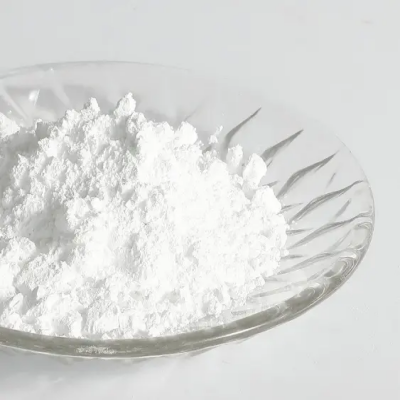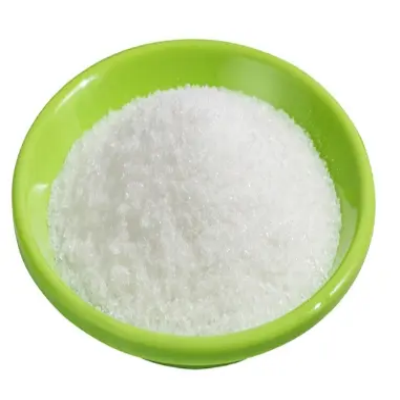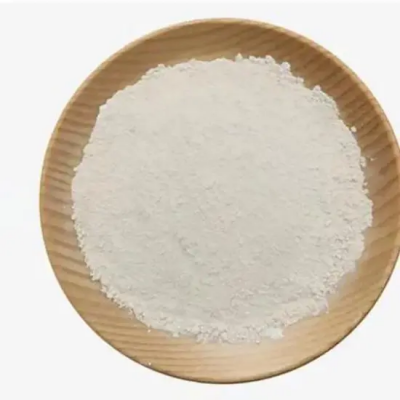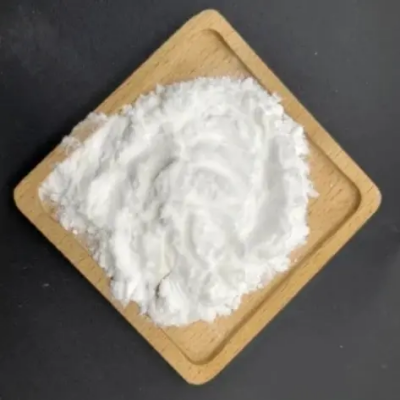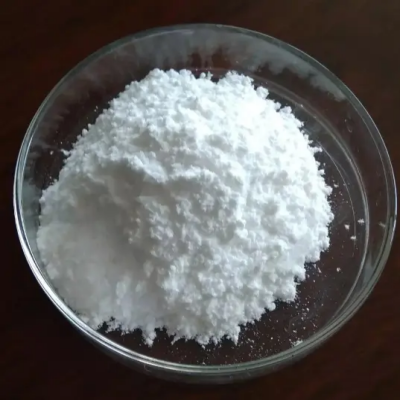5-Amino-2-chloropyridine CAS:5350-93-6
The synthesis of 5-Amino-2-chloropyridine typically involves synthetic routes utilizing commercially available starting materials. Common methods include the chlorination of 5-aminopyridine to introduce the chlorine atom at the 2-position. Analytical techniques such as NMR, IR, and mass spectrometry are employed to confirm the compound's structure and purity. Molecularly, 5-Amino-2-chloropyridine consists of a pyridine ring substituted with amino and chlorine groups at the 5 and 2 positions, respectively. This arrangement offers opportunities for further chemical modifications and interactions with biological targets. Pharmacological Significance and Potential Applications The structural features of 5-Amino-2-chloropyridine make it a promising candidate for pharmaceutical research. Pyridine derivatives have been explored for various pharmacological activities, including as antimicrobial, anti-inflammatory, and antitumor agents. The presence of the amino group may contribute to its biological activity through hydrogen bonding and potential interactions with biological targets. 5-Amino-2-chloropyridine may serve as a scaffold for the development of drug candidates targeting infectious diseases, inflammatory disorders, and cancer. Its structural diversity offers opportunities for structure-activity relationship studies to optimize pharmacological properties and enhance therapeutic efficacy. In conclusion, 5-Amino-2-chloropyridine presents a versatile molecular scaffold with significant pharmaceutical implications. Further research into its synthesis, pharmacology, and medicinal chemistry is essential to fully exploit its therapeutic potential and applications in drug discovery and development.



| Composition | C5H5ClN2 |
| Assay | 99% |
| Appearance | white powder |
| CAS No. | 5350-93-6 |
| Packing | Small and bulk |
| Shelf Life | 2 years |
| Storage | Store in cool and dry area |
| Certification | ISO. |




